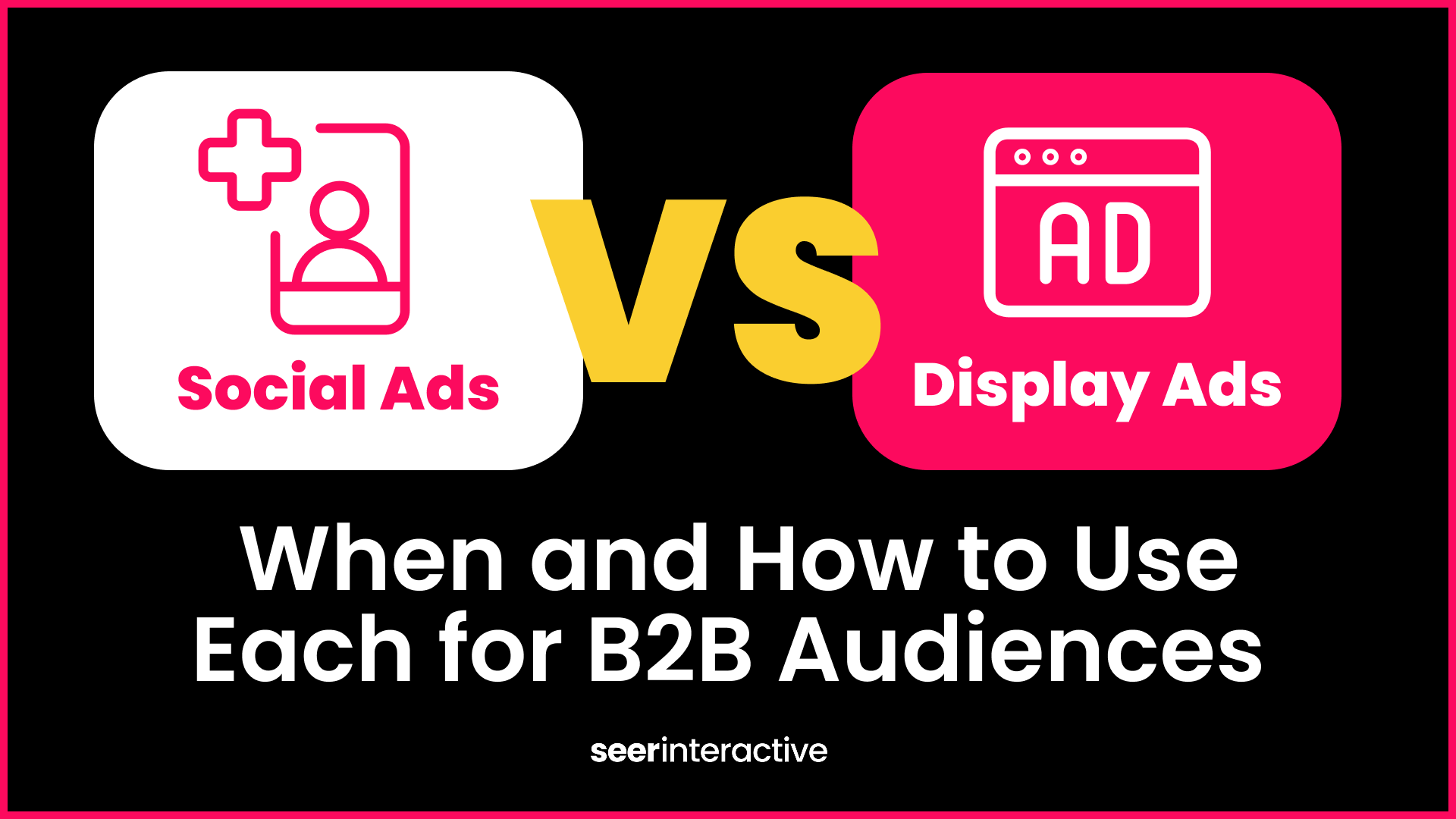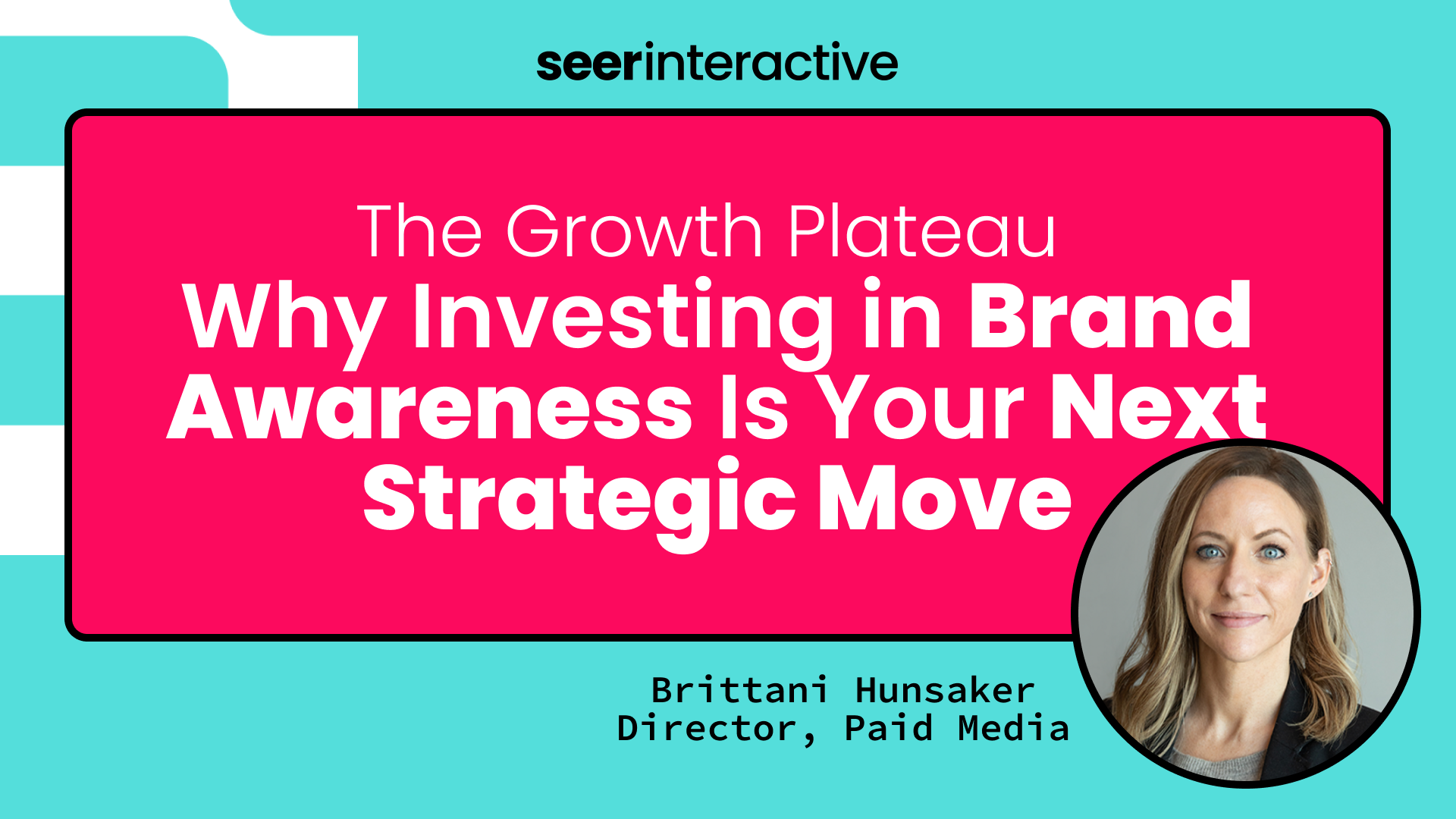Ever kill a high-spend, low converting keyword and see the account take a dive? Ever curious how many of those brand conversions are actually brand conversions? Wondered if you should bid on review and compare terms? All are very valid questions with very complicated answers. Well, they still dont have an easy answer, but Googles Search Funnels certainly help.
Per Googles Help Center, Search Funnels are a set of new reports describing the Google.com search ad click and impression behavior leading up to a conversion. Search Funnels are currently in beta and may not be available for your account (note: you need to have AdWords conversion tracking installed or Analytics linked to your account for Search Funnels to work). If they are enabled, you can find them by hovering over the Reporting tab and clicking on Conversions. On the left side, you should see a link to Search Funnels!
Now, what makes Search Funnels so special?? To this point, all of Googles conversions were attributed to the last click before the conversion. However, there is a LOT that goes into any sales funnel; why would Google be any different? Id be willing to bet a good percentage of your conversions don't occur on the first click. Just like any other sales funnel, there is likely a discovery phase, research/evaluation phase and more before a searcher finally converts. With all buzzwords out of the way, lets take a deeper dive into the reports that Google so kindly built for us.
I: Path Length report
The Path Length report is a birds-eye view of the overall length of your Search Funnel in terms of impressions and clicks. Did you expect your customers to find what they want on the first search? The Path Length report will let you how many searches a customer conducts before completing a conversion.

II: Time Lag report -
Similar to the Path Length report, the Time Lag report shows how long it took your customers to convert. Do you have an expensive product that could affect an entire organization? Expect a long lag-time as a searcher is likely evaluating a number of different options. You could shorten up the lag time by offering a softer call to action (for example, a whitepaper download) instead of asking the customer to give away too much information at the outset. Do you offer a low-priced commodity product? Expect the conversion funnel to shorten up as a customer is likely just looking for convenience and a bargain.
The time lag report can be viewed from first impression (time since their first query) first click and last click.

III: Assisted Conversions report
With the first two reports weve established theres more to a conversion than meets the eye. The Assist Conversion report dives a bit deeper into the conversion funnel and provides us with the extremely important assist metric, helping us find the Steve Nash and Jason Kidd of the conversion funnel. Whenever a keyword is part of a conversion funnel but is not the last click before conversion, it is given an assist conversion (either click or impression based). Lets say you have a site that sells baseball gear and a customer wants to buy a new bat. The customer proceeds through the following path:
Baseball bats (your ad shows, but they do not click)
Baseball bats (again, your ad shows and no click occurs)
Good baseball bats (click!)
Good baseball bats (another click!)
Louisville bats (your ad shows, but they do not click)
Louisville Slugger (click, purchase, $$$ for you)
The above path would give a click-assisted conversion to Good Baseball Bats, impression-assisted conversions to Baseball Bats and Louisville Bats and finally a last-click conversion to Louisville Slugger.
Last click conversions should match what you have in the AdWords interface and represents all conversions that came through your campaign, while assisted conversions will show you who everyone who helped out!. Google also provided us with a calculated field to show us which keywords helped out the most. In the example above, you may want to re-think deleting baseball bats because of a low ROI odds are it has a very high assist-conversion ratio.

IV: Assist Clicks & Impressions report
The Assist Clicks & Impressions report dives a bit deeper into our newly-beloved assist metric and shows us exactly how many clicks and impression it takes on each keyword to get the job done. It is important to note that in this report, the assist metric is not exclusive in this case meaning. In the previous baseball example, there were two clicks on Good Baseball Bats and two searches for Baseball bats in the conversion funnel in this report they would receive two Assist Clicks and two Impression Clicks respectively.

V: First Click Analysis report
This report is a fairly simple high-level view of conversions sorted by the first clicked campaign/ad group/keyword in a conversion funnel. Each time you click on a given element the report navigates to the next level on the hierarchy. If you click on a campaign, Google displays all the ad groups in that campaign. Same goes for a transition from ad groups to keywords. If you click on a specific keyword and get super granular, youll be taken to a report that shows a dashboard of all reports available for that particular keyword.

VI: Last Click Analysis
See section V; replace all instances of first with last.
VII: Top Paths report
Think your brand conversions are responsible for all your conversions? The Top Paths report will likely prove otherwise, showing every click or impression along the conversion funnel. Thanks to the other reports, we know all the keywords that had an influence on the report, but we havent yet had a chance to see what order they work in.
Our Google reps let us know a few things that may give you a bit of a scare this report, so I may as well call them out now
1: There will only be a few clear cut leading paths, followed by an extremely long tail.
2: There will be a ton of instances of (filtered path data) showing up in the impression-based reports. Just like the ever-frustrating x other unique queries label in Search Query reports, the (filtered path data) metric shows when Google simply doesnt have enough information to populate the report.

As you can see from this novella-length post, there is a TON available in Google Search Funnels. I hope this brief introduction gave you a good starting point to explore! Oh, and sorry for all the sports references
How do YOU plan on using search funnels to help your campaigns? Share your ideas in the comments section below.

